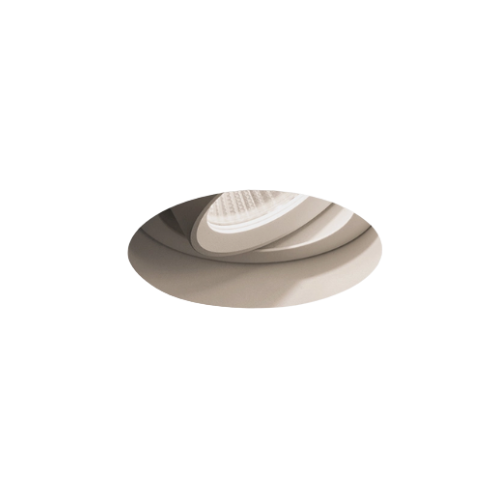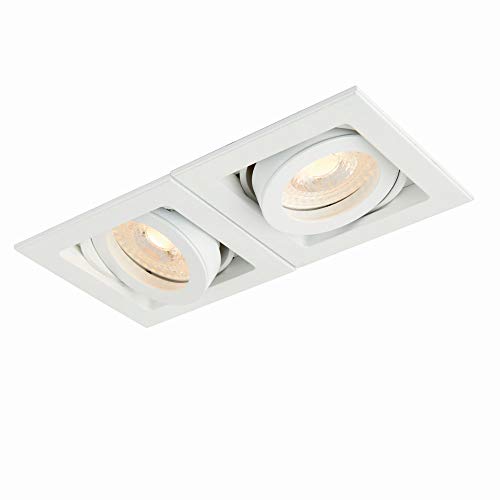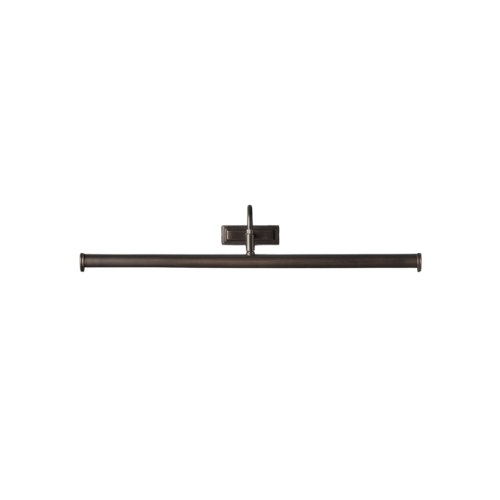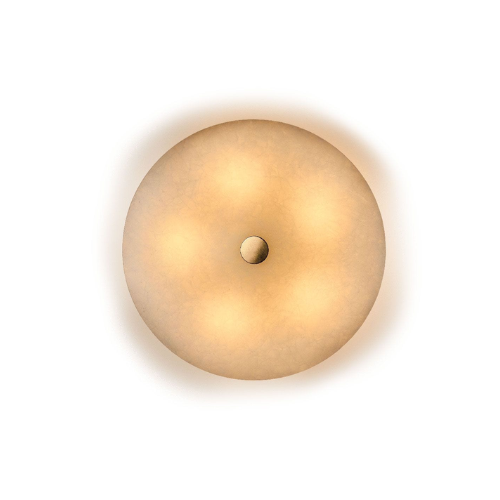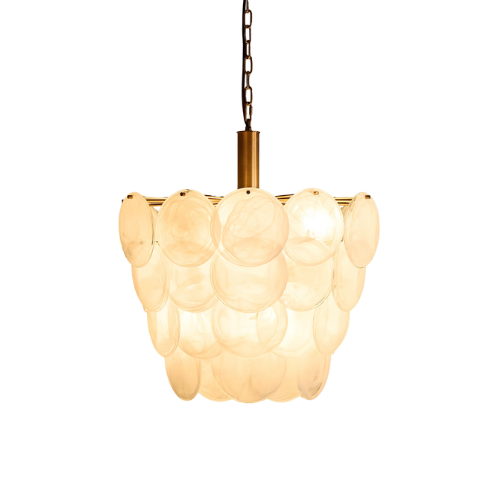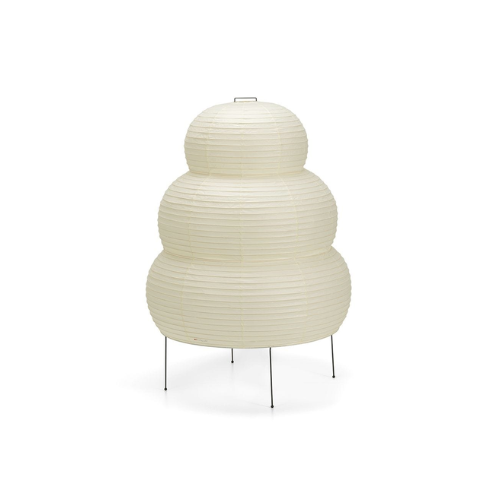5 Types of Lighting Designers Would Never Use —They're Harsh and Unflattering and Here's Why
For the most welcoming, beautiful home, lighting is key. These are the designs the experts say to avoid at all costs
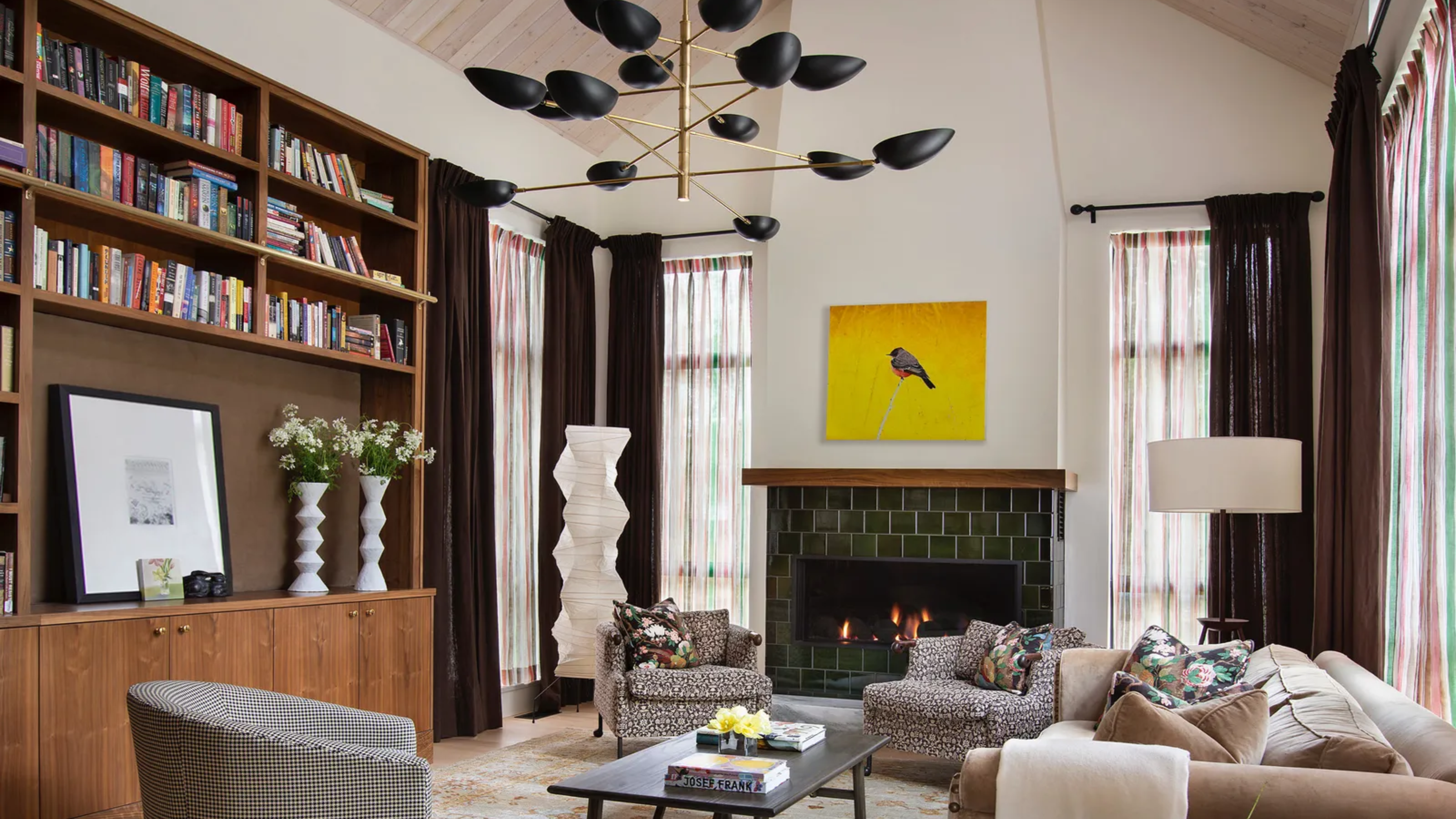

It's all too easy to underestimate the power of good lighting. That is, until you see a picture of yourself under the harsh glare of heavy overhead downlighting, then, suddenly, we're all experts in the necessity of soft, flattering lighting.
But knowing how to plan your home lighting scheme is not just about the pursuit of a good selfie. As Jo Mann, from Light House Designs, explains, "Lighting is an integral part of how we experience a space. It defines the atmosphere as much as the materials or furniture do. The right lighting can make a room feel calm and inviting, while the wrong approach can leave it cold and uncomfortable."
Bad lighting often feels a bit like one of those 'I know it when I see it' situations; it can be hard to define the line between harsh, unflattering lighting and cozy, inviting lighting schemes. But luckily, we've got the experts to lay that line out for us. They've told me the top 5 worst offenders for an unflattering lighting scheme, as well as the techniques they recommend using instead.
1. Fixed Downlights
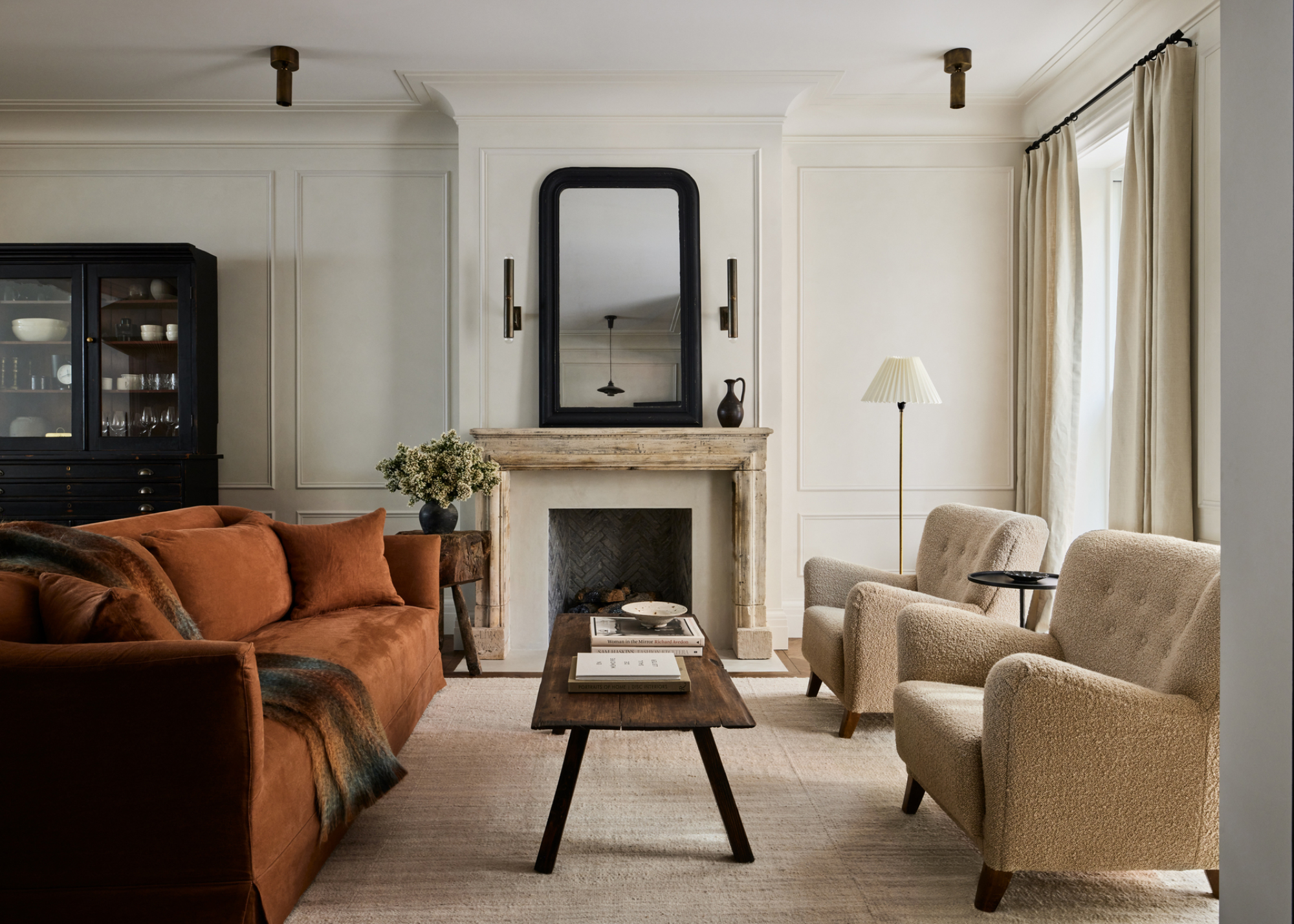
DO INSTEAD: "We prefer adjustable downlights or spotlights with deep-recessed LED sources and accessories such as honeycombs to reduce glare. These work best as part of a layered scheme with wall lights, pendants, and concealed LED strips that add warmth and depth," says Jo.
When you think of unflattering lighting, harsh, overhead lights are most likely the first thing that comes to mind, and for good reason, too.
As Jo explains, "Fixed fittings can cast harsh shadows and create glare on faces and surfaces."
This can be somewhat remedied by bringing in tiltable, or adjustable lights, but, as Jo says, "When the light can’t be directed, it often produces strong contrast that flattens a room’s atmosphere."
This harsh, flattening effect can essentially ruin all the hard work you've done on your interior design, so it's fair to say this is a design we should be leaving in the past, and search for some overhead light alternatives, instead.
The Livingetc newsletters are your inside source for what’s shaping interiors now - and what’s next. Discover trend forecasts, smart style ideas, and curated shopping inspiration that brings design to life. Subscribe today and stay ahead of the curve.
Jo established Light House Designs in 2010, after gaining considerable experience across a broad spectrum of architectural design and decorative sectors of the lighting industry. Besides a large number of high-end residential projects, she has been responsible for designing lighting design schemes in hotels, spas, restaurants and creative workspaces.
2. Cove Lighting
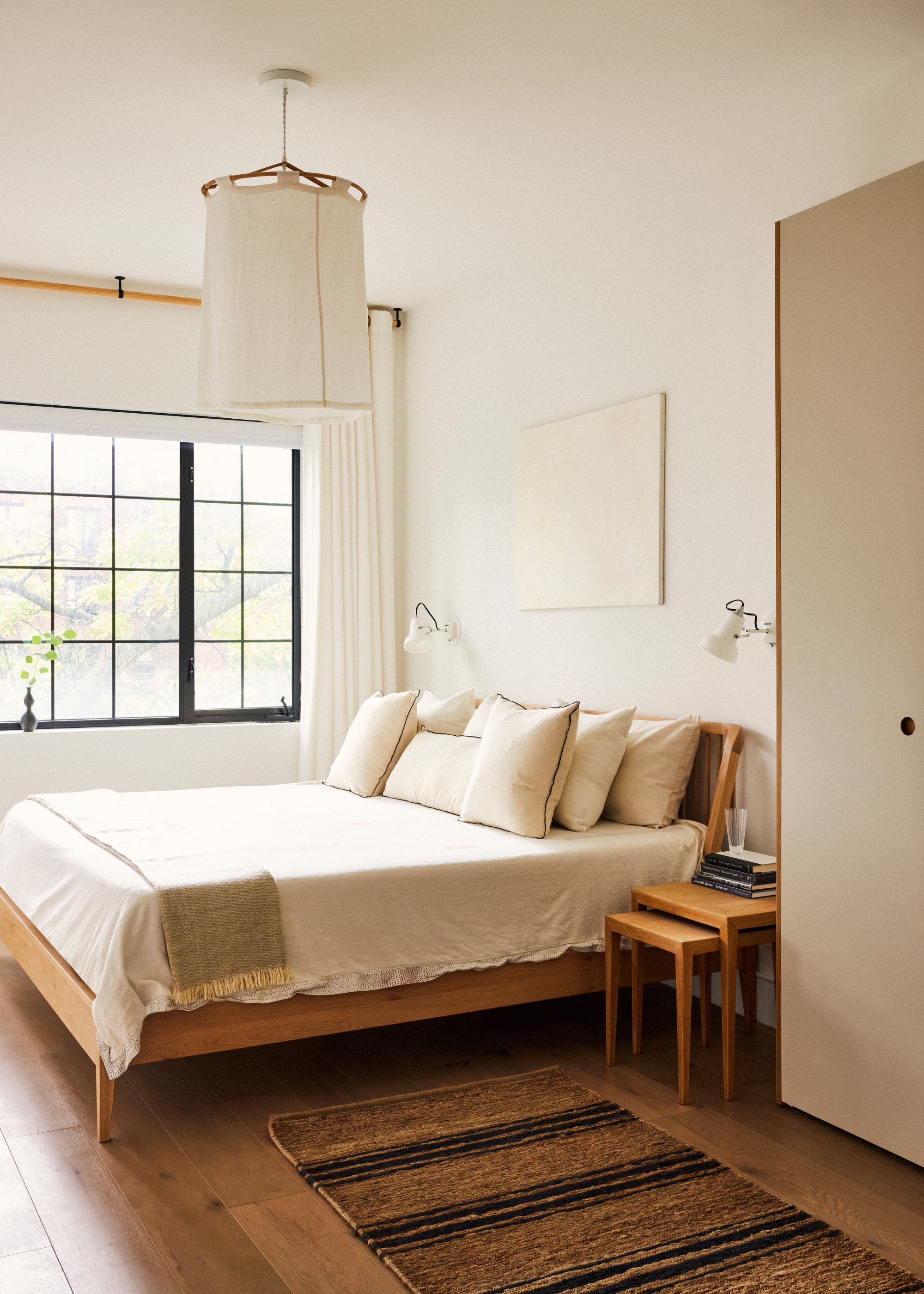
DO INSTEAD: "The humble ‘big light’ gets a bad rap, but a diffuse overhead light source can create moody, functional lighting whilst maintaining visual comfort. The effect can be space-enhancing on both an architectural and an emotional level. Carefully placed floor and table lamps can also do the job, especially in a softer space like a bedroom where atmosphere and comfort are everything," says Daniel.
There's always a temptation when something looks good to just use it absolutely everywhere and anywhere, but when taken out of the necessary context, these much-loved techniques may not, ahem, shine in quite the same way.
This is exactly the circumstance with cove lighting, says Daniel Blaker, creative director of Nulty Lighting. He says, "An illuminated cove can be a thing of real beauty. It’s an enduring technique for a reason because when you discreetly conceal the light source, the emphasis is on the illuminated surface rather than a distracting fitting. However, cove lighting has become slightly ubiquitous and in many interior schemes, we’re seeing cove lighting installed on every elevation, which can cheapen the effect."
Once an interior design technique is taken out of its intended context and begins to get used without any real consideration or meaning, that same technique you once loved begins to lose all its appeal.
Daniel similarly points to coffer ceiling lighting, for many of the same reasons. "In some cases, the effect of coffer illumination shining up onto the ceiling surface highlights it in an unflattering way," Daniel says. "It is all too easy to get it wrong. The design aspiration is right, but we see common mistakes such as badly positioned light sources, hot spots, or shadows."
3. Overload Lighting
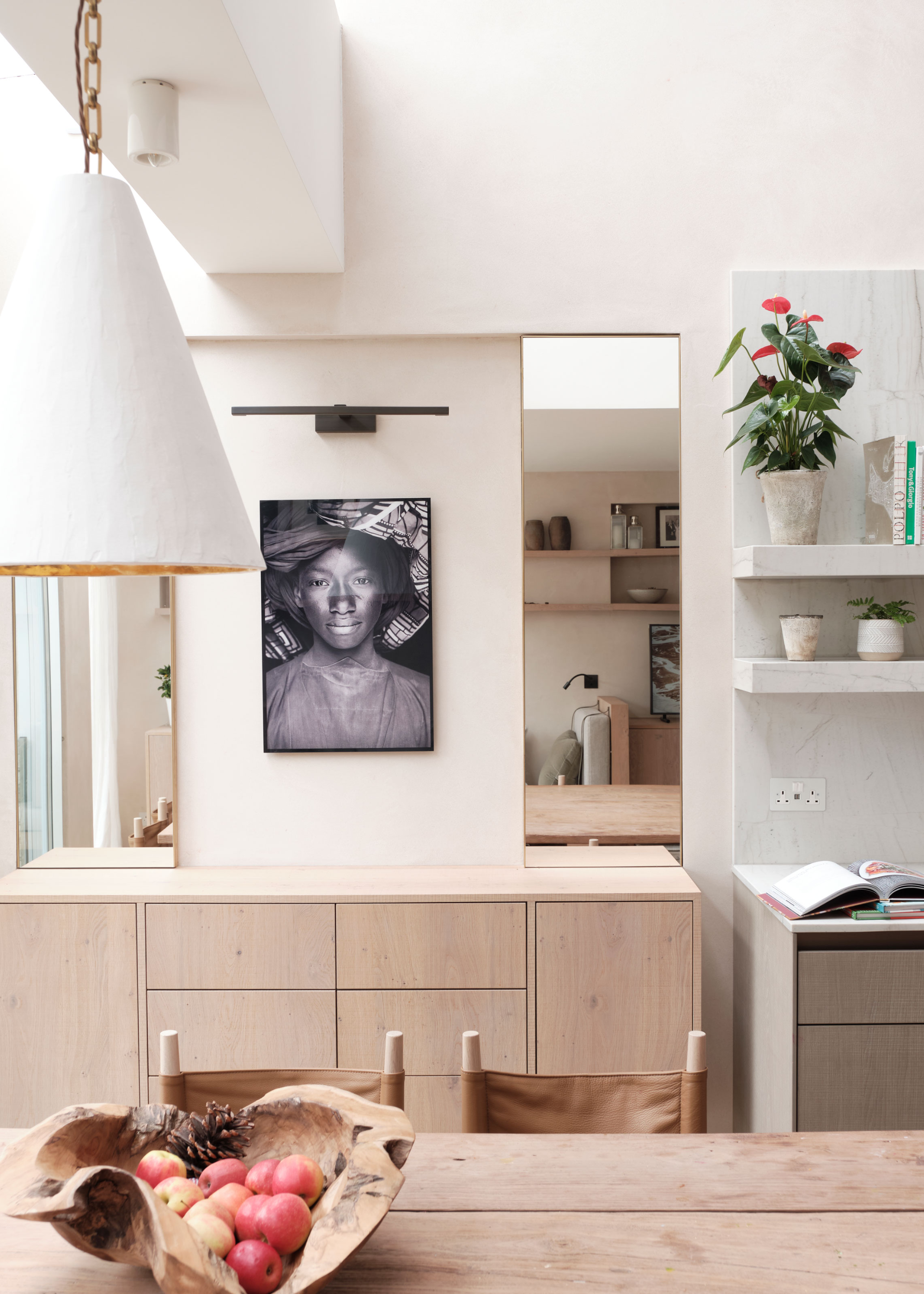
DO INSTEAD: "Always prioritise quality rather than quantity of light. Pay close attention to color temperature and color rendering as they are your friends. If you want to feel cosy, then don’t drop below a color temperature of 2700K. If it’s a room where you’ll do detailed tasks such as labour over a jigsaw puzzle, aim for a CRI of 90 or higher to ensure that colors appear true," says Daniel.
"Over-lighting is one of the most common mistakes when planning your lighting, and one to avoid," says Daniel.
When it comes to lighting, the more-is-more approach will actually end up working against you. You may think it's helping your space feel bright and inviting, but it can actually have an adverse effect.
"Instead of feeling cozy and intimate, a room can become flat and lacking in atmosphere. Textures lose all their depth, and there’s no sense of character or drama," Daniel explains.
When everything is equally lit, nothing is highlighted, so you end up losing any sense of dimension and depth. There are no stand-out moments, and nothing is invited to rise to the foreground.
"The reality is that you’ll never need as much light as you think. The first question to ask is, do I need to light this? Start by defining the hierarchy of the space, determine exactly what’s needed, and focus only on the essentials — ambient light to set the mood, task lighting for everyday use, accent lighting to highlight features like artwork, display shelves, or views, and decorative elements to make the space sing," Daniel recommends.
4. Exposed Bulbs
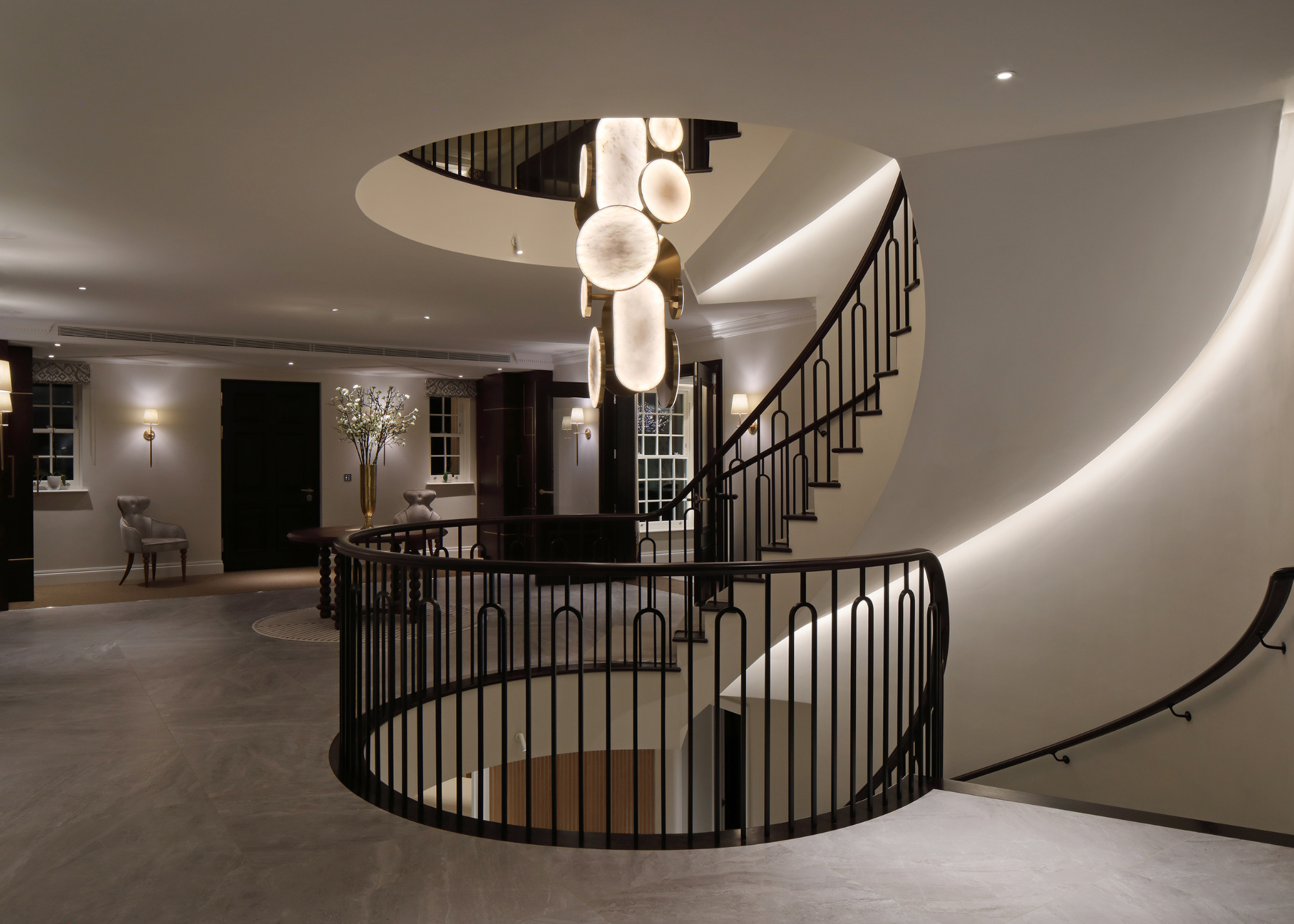
DO INSTEAD: "Decorative fixtures or diffused fittings that combine style with comfort. A well-designed luminaire can act as both a design feature and a source of beautiful, glare-free light," says Vanessa.
Exposed brick walls and bare bulbs were, just a few years ago, the ultimate signifiers of a cool home. They were both core features in the industrial interior design style that reigned supreme in the 2010s.
But now, a decade on, the experts no longer lean towards these raw, exposed lighting styles in their projects.
Vanessa Macedo, associate lighting designer at John Cullen Lighting, explains, "Once a hallmark of industrial chic, bare filament bulbs are often more about fashion than function. In reality, they cause glare and visual discomfort, and rarely enhance the atmosphere of a space."
There is nothing gentle or flattering about the harsh glare of an exposed bulb, so for welcoming, cozy homes, these are best left behind.
Vanessa studied Product Design at college and has a degree and a Masters in Interior Design, achieved in her native country. After moving to the UK, she began her career as a lighting designer working for manufacturers. She has created designs across the residential, commercial, healthcare and workspace industries. Having also managed a lighting showroom, Vanessa holds a substantial level of knowledge in decorative lighting pieces. She brings this to the John Cullen team, offering an ability to find a perfect centrepiece for a space. Her combination of interior design and lighting design experience allows her to use her expert eye to create amazing spaces for her clients.
5. Grid Lighting
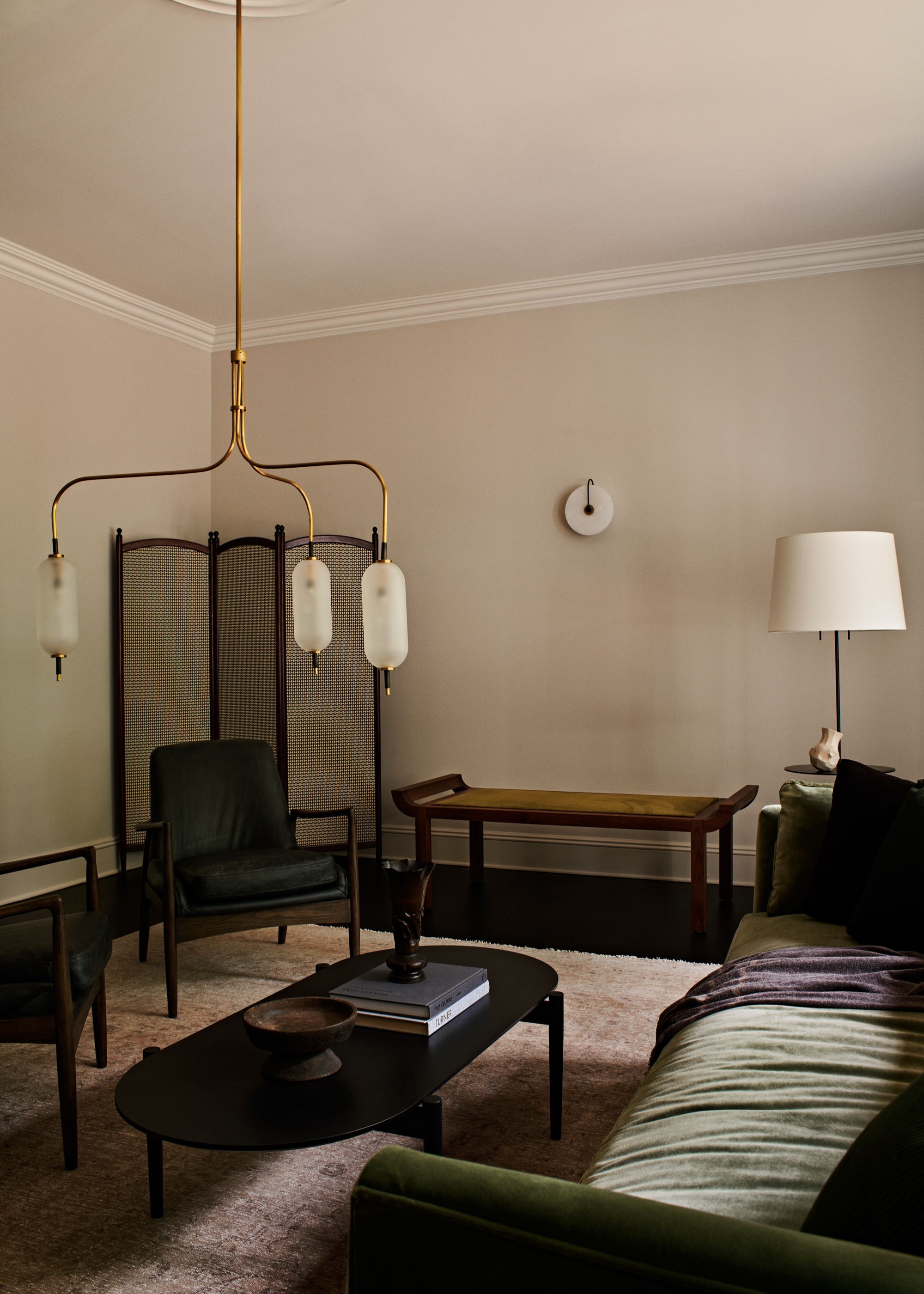
DO INSTEAD: "Think in layers. Combine targeted ceiling lighting with wall lights, floor lamps, or concealed linear light. This creates depth, softness, and the flexibility to shift mood from day to evening," says Vanessa.
When you're making decisions like how many lights you should have in your living room, and indeed, across your entire home, it's easy to fall back on a systematic approach, choosing regimented, uncreative lighting layouts. Perhaps the most notorious of these layouts is the dreaded grid of lights you see decorating so many ceilings.
"The 'grid of downlights' is a common default, but too many ceiling spots flatten a space, casting unflattering shadows and giving everything a one-dimensional look," explains Vanessa.
This even placement of lights may seem clever, but it will end up being to the detriment of your space, making the space feel one-note. As Daniel says, "They can feel flat, unwelcoming, and even harsh – especially when they are installed in the wrong place! A large grid of downlights can also ruin the flow of a space, interrupting the clean lines and visual harmony."
This is not to say that downlights should be avoided entirely; they just have to be used more thoughtfully, with techniques like wall washing. "Use downlights carefully to highlight key areas, but don’t allow them to dominate," says Daniel. "Make sure that you don’t position them too close to walls or curtains, as this can create unsightly scallops. Trough-mounted downlights are another option and can be used to add visual interest to the ceiling, but be careful to align these fixtures correctly to prevent inset lights from casting unwanted shadows on the trough itself."
Ultimately, to design a home that feels warm, inviting, and cozy, there are a few things to bear in mind when designing your lighting.
"The questions to ask are what are we lighting, and should we? As in life, just because you can, doesn’t mean you should," recommends Daniel.
With so many brilliant British lighting brands out there, we're practically spoilt for choice with beautiful lighting options, so there's no excuse for relying on the same boring downlights anymore.

Maya Glantz is a Design Writer at Livingetc, covering all things bathrooms and kitchens. Her background in Art History informed her love of the aesthetic world, and she believes in the importance of finding beauty in the everyday. She recently graduated from City University with a Masters Degree in Magazine Journalism, during which she gained experience writing for various publications, including the Evening Standard. A lover of mid-century style, she can be found endlessly adding to her dream home Pinterest board.
